The resurrection of Lazarus represents a turning point for Jesus. From here begins His relentless journey towards the destiny that God has willed for Him.
We have recounted the story of Martha, Mary, and Lazarus of Bethany in an article dedicated to friendship. Indeed, for Jesus, having friends was as important as it is for anyone. Yet, the story of the resurrection of Lazarus narrated in John 11:1-45 is much more than a simple tale of friendship. In fact, the theme of friendship takes a back seat since Lazarus does not speak, and the whole scene is dominated by Jesus, who, called by the two sisters of his friend to save him from the illness that had struck him and finding him already dead for four days, invokes the power of God the Father to bring him back to life. Yet, the love Jesus had for Lazarus is undeniable: Christ bursts into tears in front of Lazarus’s tomb, is troubled and moved by Mary’s despair, his sister, who begs Him to save her brother, while Martha, as always, remains confined at home, the guardian of the family and the shelter it provides.

Martha, Mary, and Lazarus: Friends of Jesus
On July 29, the memory of Martha, Mary, and Lazarus of Bethany is celebrated. Here’s why…
John’s choice to recount this episode, which appears only in the Gospel bearing his name and is not mentioned in the other Gospels, has a deeper, symbolic, and prophetic significance. It is precisely at the moment when Jesus goes to Bethany and resurrects Lazarus that His destiny is fulfilled. By showing His power before the many Jews who had come to mourn the man’s death, Jesus reveals Himself, no longer masked, without limitations. From this moment on, He will become a target for His enemies. He consciously chooses to go to Judea, although He knows they hate Him there. The disciples indeed try to dissuade Him: “Rabbi, the Jews were just now seeking to stone you, and are you going there again?” (John 11:8). But He has already made His choice.
He admits it Himself shortly after: “Jesus looked up and said, ‘Father, I thank you that you have heard me. 42 I knew that you always hear me, but I said this for the benefit of the people standing here, that they may believe that you sent me.’” (John 11:41-42)
In this perspective, the Resurrection of Lazarus becomes, like and even more than the other miracles, a demonstration by Jesus of the reason for His presence in the world, a declaration of intent that also becomes a message from God.
It is also significant that Jesus does not leave for Bethany as soon as He receives news of Lazarus’s condition. He waits two days, leaving only on the third day, and in this choice by the Evangelist John, we read a clear prophetic intention: the third day will be the one chosen for departure, just as the third day will be the one on which Christ will resurrect.
Rise and Walk
Jesus goes to the tomb followed by His disciples. “Lazarus, our friend, has fallen asleep; but I go to awaken him” (John 11:11). It is not a simple journey from one place to another; it is a point of no return crossed by the Savior, in the full awareness that He cannot turn back from this point onward. He waited two days because Lazarus’s death was instrumental to what He had in mind to accomplish; it was a necessary sacrifice to activate the disciples’ faith, to push them to believe. From here on, the Gospel of John accelerates, as if an irreversible mechanism has been triggered, a chain of increasingly close and frantic events destined to culminate in the Passion and death of Jesus.
The invitation that Jesus addresses to Lazarus, “Rise and come out” (John 11:43), is the fulfilment of what He had promised Martha: “Jesus said to her, ‘I am the resurrection and the life; whoever believes in me, though he die, yet shall he live; 26 and everyone who lives and believes in me shall never die.’” (John 11:25-26)
From this point on, nothing can ever be the same.

The events of the Passion of Jesus: from the Last Supper to His Crucifixion
The Passion of Jesus is the highest and most terrible moment of his…
Resurrection of Lazarus by Caravaggio
The resurrection of Lazarus has inspired many artists over the centuries. In particular, Caravaggio created a splendid painting in 1609 depicting this episode from the Gospel of John. The work, housed in the Regional Museum of Messina, was commissioned to the artist, just escaped from the prisons of Malta, by a Genoese merchant, Giovanni Battista de’ Lazzari. It is a painting of overwhelming realism, shrouded in a dark gloom, in which the figure of Lazarus, bathed in the divine light evoked by Christ, emerges with dramatic beauty and intensity, arms outstretched in a gesture that recalls the Cross. Legend has it that to portray the body of Lazarus, the famous painter demanded a real cadaver held up by porters.
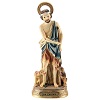





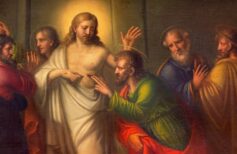
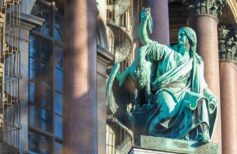
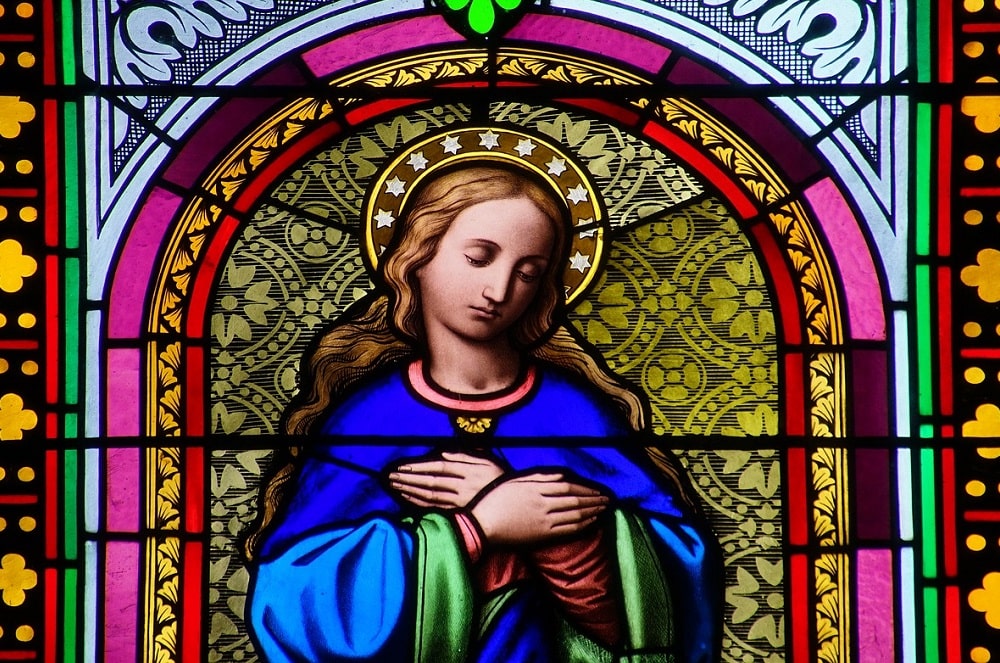
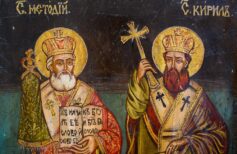
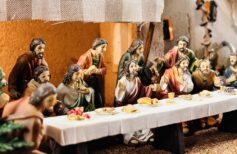
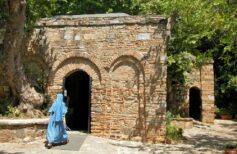








 19 March 2025
19 March 2025






